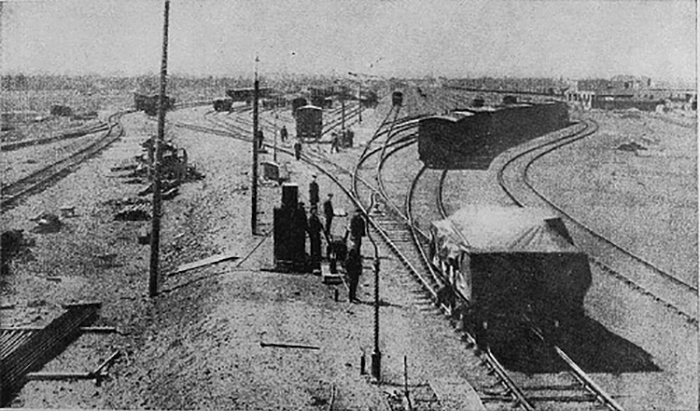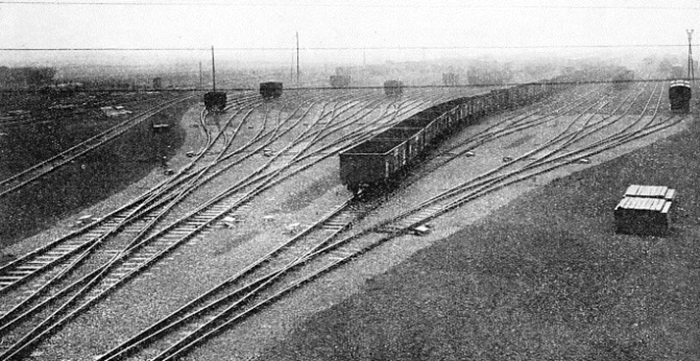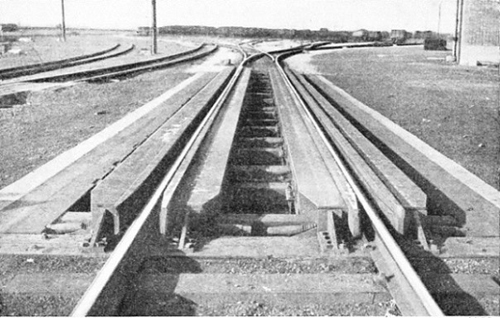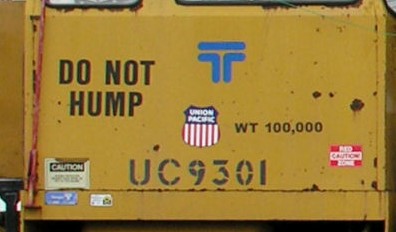

Before the 20th Century, getting a wagon or rake of wagons to the intended destination could require a succession of trains with the wagons detached and reattached in a variety of marshalling and shunting yards. This was costly for the railway companies in terms of revenue, time, and labour.

Wagons running over the hump at Feltham Marshalling Yard.
This process was soon to be mechanized, however. Rather than using automated machines to move the wagons, these new ‘hump yards’ would use gravity. The train would arrive at a yard, with the wagons driven over track on a raised piece of ground. Individual wagons, or groups of wagons called ‘cuts’, would be detached and would then roll down the hump into the intended siding. A train would then be made up for that specific destination.

Thirty miles of sidings fanning out at Whitemore yard.
To avoid high impacts from heavily laden wagons weighing several tonnes, devices attached to the track called ‘retarders’ were employed. They were pneumatic or electro-pneumatic jaws that could be operated as the vehicle(s) passed, gripping the wheel flange and slowing the wagon(s) down. The primary retarder, usually around 72ft long, would slow the cut at the bottom of the hump, with the secondary retarder, around 32ft long, would slow it again as it approached the siding.

Electro-magnetic retarders. The brake beams slow the wagon cuts.
The system was fine-tuned with zone detection allowing wagons to be released from the top of the hump while other cuts were still in motion. This meant that thousands of wagons could be processed in the larger yards, up to an average of 3000 per day.
Each yard would have a control tower, essentially a signal box overseeing the points in the yard. After the Second World War, the technology running the yard became more and more sophisticated. Automated retarders would use radar to determine the speed of approaching wagons and using this information, as well as load and weight details, the retarder would calculate the force required to slow the wagon.

A UP track maintenance vehicle makes it's feelings clear. Longer rolling stock are unsuitable for hump rolling.
With the introduction of more long-wheelbase vehicles in the 1960s, the hump yards became obsolete as the humps couldn’t accommodate the longer wagons. Hump yards are still used around the world, however, with large yards still operating mainly in the USA.